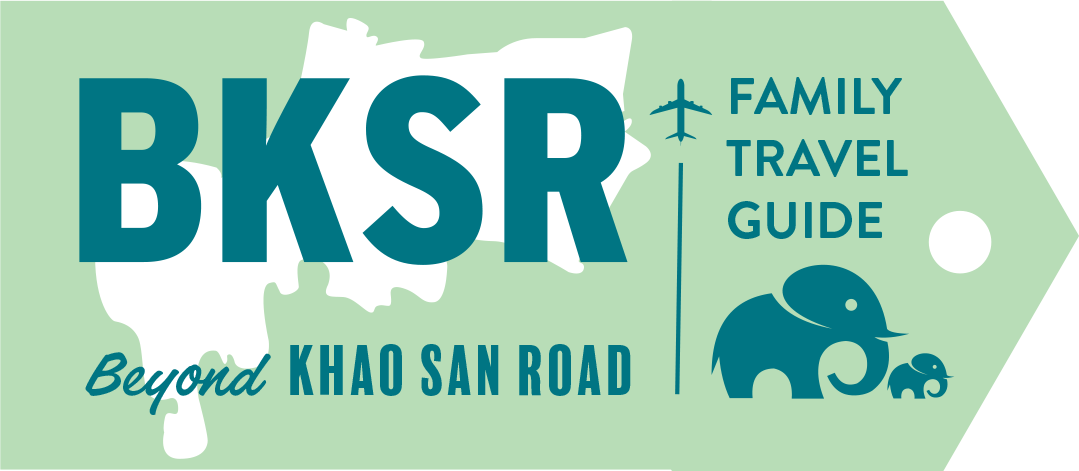Taking an epic bus journey through South America is a right of passage for any traveller. Alongside drinking a shot of SangSom on Khao San Road at 2 am or bungee jumping in Queens Town, spending 24 hours on a coach moving through this incredible continent is where a traveller earns their stripes. Travelling South America by bus is not only a cheap way to cover huge distances, but with the right preparation, it can be quite good fun.
Home for us is Manchester in the UK. On our tiny island, any journey over two hours is classed as a long drive and you can’t travel for much more than four hours in any direction before ending up in the sea. The fact that in South America, you can take a single bus journey that lasts 102 hours (The 3,850-mile jaunt from Rio de Janeiro all the way to the Peruvian capital Lima) is more than we can comprehend. All I can say is to consider spending 5 days on a coach, you must really hate flying.

How Expensive Is It to Travel South America by Bus?
By European and North American standards, it’s an absolute bargain.
For example, a 990-mile bus journey from Bariloche to Buenos Aires booked online is £70/ $85 – that is 7p a mile. In the UK, there are train routes that charge the equivalent of £3.60 per mile.

Don’t go thinking that for those prices these are cramped, uncomfortable journeys. Usually, the buses are spacious and comfortable and sometimes even with come with a meal service. Most offer either a “semi-cama” option with seats that partially recline, or the full “cama” where the seats are even bigger and go nearly flat.
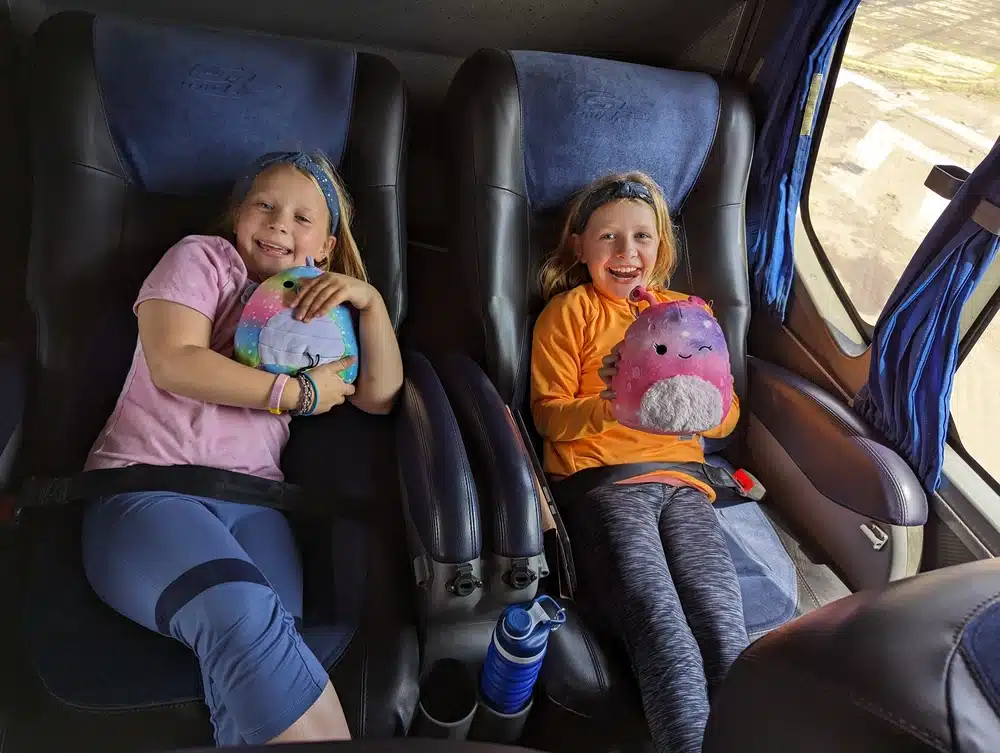
If you are looking for a bargain, you can often get even cheaper rates by booking in person at the station. Be warned, bus stations can be frenetic places with lots of people shouting for your business, but navigating that can be half the fun! More on this later.
Travelling South America by Bus – Booking Tickets in Advance
When I first travelled around South America in 2007, the internet had not quite caught up with the bus companies. Back then, the only way to check routes, and departure times or to book was to go to the station and hope a bus was going vaguely in the direction you wanted fairly soon.
Happily, these days, you can book many tickets and check routes online, but the system is far from flawless. As yet, there is no Sky Scanner or Google Flights equivalent for buses in South America.
Often, we found tracking down which companies covered which routes to be rather hard work, especially when venturing off the main tourist paths. If you can’t find a journey on one particular website, you may find it on another, so it is worth checking multiple sources.

Interestingly, the prices for the journey were virtually identical on all websites. The only difference was the service fee for using them.
Also, it is worth remembering that most bus companies only release tickets 30 days in advance, so you can’t book too far into the future.
Below, I have outlined the assortment of websites we have used to book tickets, along with their pros and cons.
Rome2Rio – Probably the most well-known of all the bus route websites and certainly the easiest to use. It is great in South America if you are on the main routes (for example, if you are looking for a coach from Iguazú Falls to Buenos Aires) but quickly falls over once you move to less popular routes.
CheckMyBus – This site seems to be more comprehensive in its listings than Rome2Rio, is also in English, and is easy to use and navigate. We have purchased several tickets through this site using UK bank cards with no problems.
BusBud – Another reasonably comprehensive site that is great for moving between major cities. Although it is incomplete, it is easy to use, and its fees are transparent.
Platforma 10 – This Spanish-language website has by far the most comprehensive service listings; however, it has some big problems. Firstly, it has no English language option, and if you use your browser’s built-in translation feature, it seems to break the site. Secondly, it is very picky over which bank cards it will take. When I last used it, it would not accept either of my Mastercard cards or my Visa Debit cards; it would only accept my Visa Credit Card.
That said, Platforma 10 had routes and services that no other website did, and it is worth trying to navigate it if you are having no luck anywhere else.
Booking Tickets In Person
On our first trip to South America in 2007, there was no way to check which companies ran services where you wanted to go or what you could expect to pay. You had to rock up to the bus station, fight through the hoards of touts, and hope you could pick up a bus going in vaguely the right direction over this vast continent and that it was leaving in the next seven days.

Today, the balance of power has shifted. Although we still book at the station occasionally (usually when the website can’t process our bank cards), we research in advance using the websites above and arrive knowing what time the bus is leaving and roughly how much it will cost.
You can usually pay with a bank card at the bus station. One word of advice is that you may need your passport to book, especially in Brazil and Argentina. We have a copy of our passports saved on our phones to avoid carrying them around. We go into more of our tried and tested travel tips here.
How Reliable Are The Departure/Arrival Times When Travelling South America by Bus?
This is tricky because there are no official records, so the best answer I can give based on our travels is “reasonably. “
From experience, the buses usually leave and arrive roughly on time. However, they travel on (sometimes dodgy) public roads and are as susceptible to traffic or breakdown as any other vehicle. Also, we tend to board buses at the start of their routes (major cities like Rio De Janeiro, for example), so there is less time for anything to go wrong.
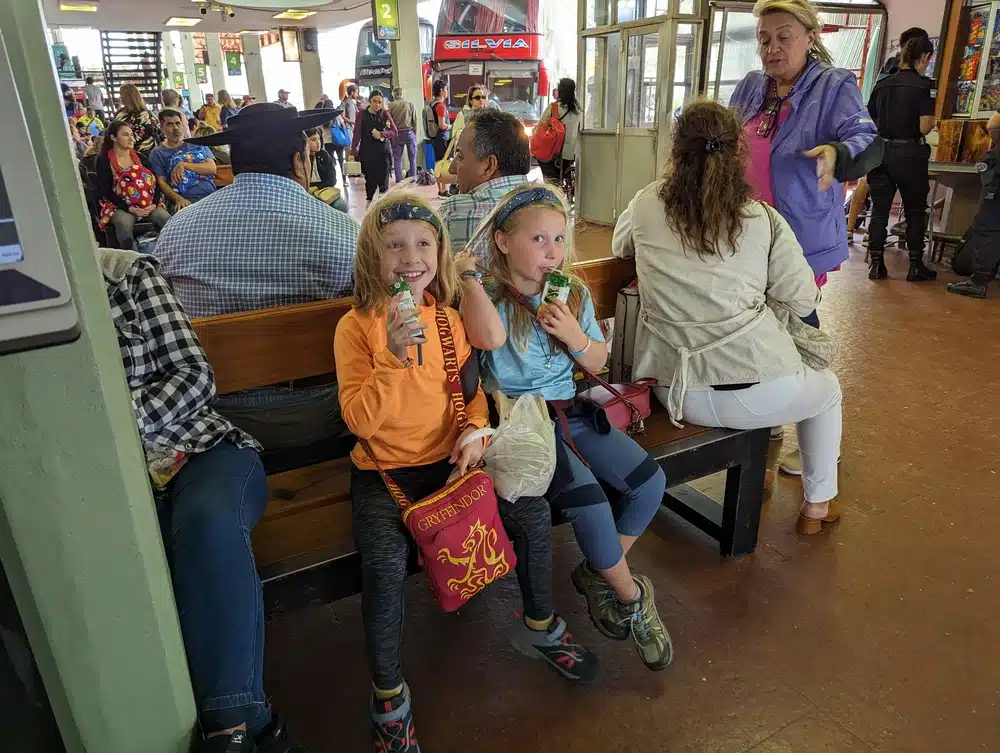
Certainly, if you plan on making a connecting bus, I recommend ensuring you have at least a few hours between arrival and departure times.
The only time I have experienced a major mechanical problem (a tyre blew out on the descent into La Paz), the driver could phone ahead and let the next bus company know I was running late. Fortunately, the bus was not too delayed, and my connecting vehicle kindly waited for me.
Crossing Borders When Travelling South America by Bus
As you would expect when taking such vast journeys, you will certainly cross a border between some South American countries at some point.
The process can be long-winded but is rarely complicated. Usually, when the bus arrives at the border, everyone gets off the bus and collects their luggage to be checked.
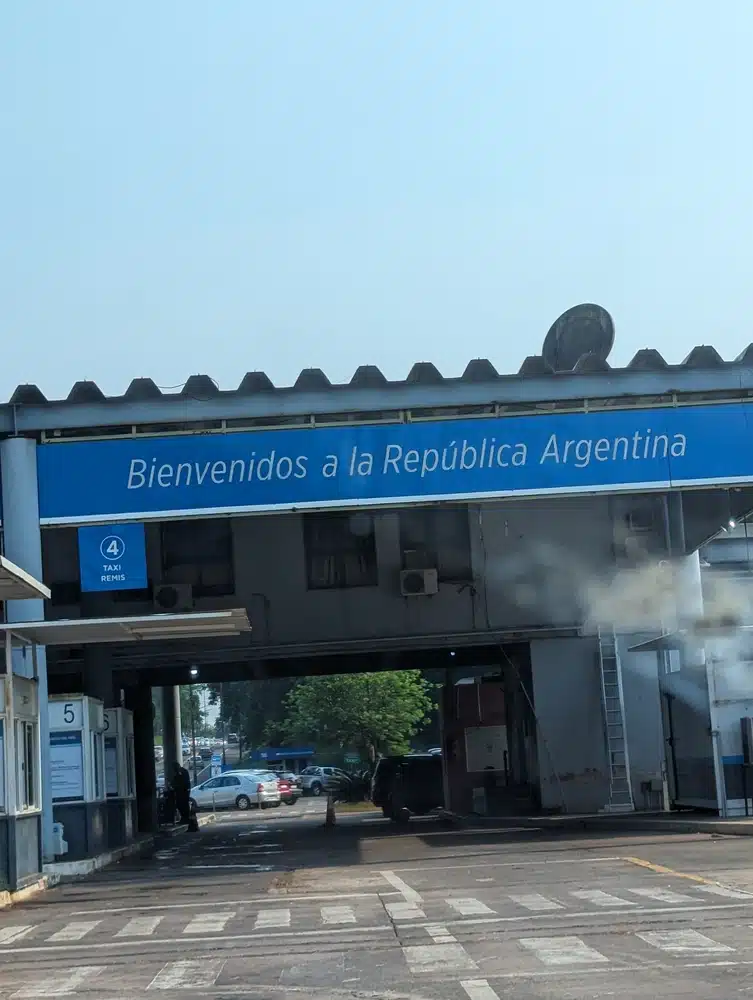
As a rule, you cannot transport fresh fruit or raw meat over South America’s borders. Processed food (crisps, biscuits, etc) are fine. If you have any fresh food with you, then it is taken away by the border guards, but I have never heard of anyone getting in any trouble.
You may also need to fill in an immigration form, which will require an address of where you are staying. While I strongly discourage dishonesty on government forms, if you have not got anything booked, perhaps for expediency’s sake, you should put down where you might be staying.
Crossing the border’s biggest challenge is the time it can take, so be ready for this.
Double Check Your Ticket Terms And Conditions
Most tickets for bus travel now are accepted if presented on your phone; however, some bus companies will only accept them if they are printed.
Other South American bus companies require you to present yourself at the ticket desk to validate your ticket before departing. What can make this harder is that the bus brand you book with might not necessarily be the brand you travel with.
What To Bring With You When Travelling South America by Bus
If you are Backpacking South America and setting off on a long coach journey, there are some basics you can bring along that will make it even more comfortable.
Make Sure You Have Plenty Of Layers to Hand
A long coach journey through Latin America can experience multiple different climates. For example, the comparatively short journey from Santiago to Mendoza starts at 200m above sea level but peaks at a chilly 2500m.
Also, for reasons no one has been able to adequately explain to me, some buses run their air conditioning in a manner I can only describe as belligerent, with it set as low as possible the entire way.
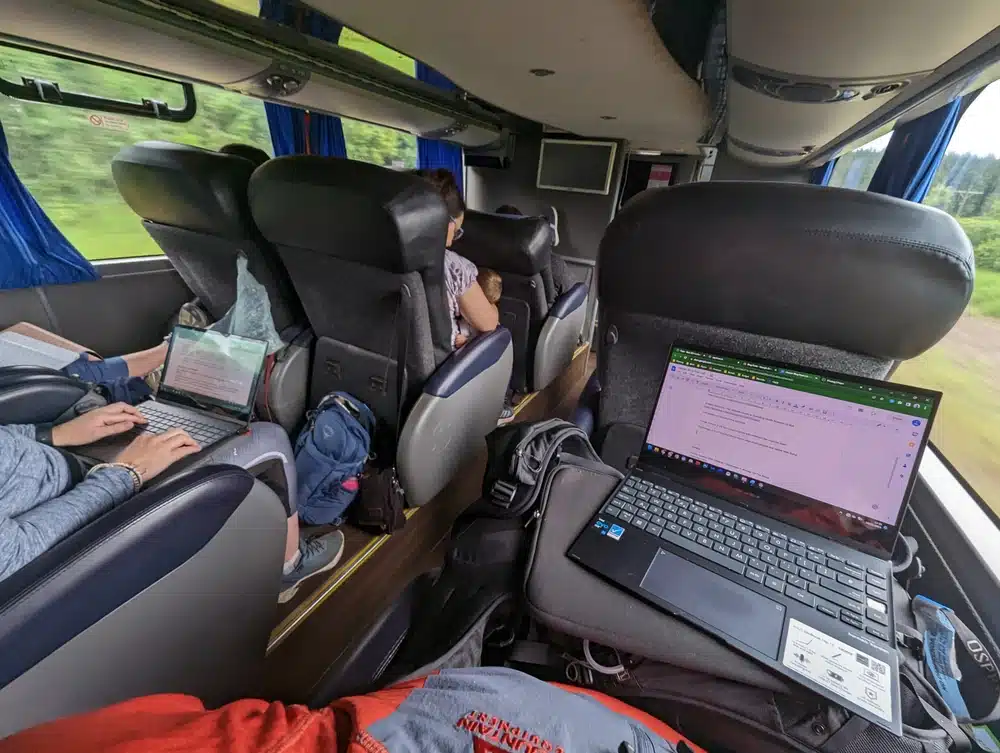
The only way to defeat this is to ensure you can easily layer up, so have a jumper, long trousers, socks and other warm items to hand if needed.
Likewise, aircon can fail, and buses can get frightfully hot during the day, so make sure you can shed these layers just as easily.
We often opt for zip-off trousers, a T-shirt, layer and walking shoes as it covers all bases.
Keeping Your Pack Safe
While petty theft is not quite the problem it once was in South America, it still makes sense to keep these things safe. Without wanting to sound cruel, bus journeys tend to be beyond the budget of those who have to steal to survive. Of course, opportunists will strike anywhere, so it makes sense to take precautions.
When you board the bus, bring your phone, headphones, passport and other valuable items with you in your day pack. Do not put valuables in the hold; your backpack could be out of sight for hours, making it an easy target.
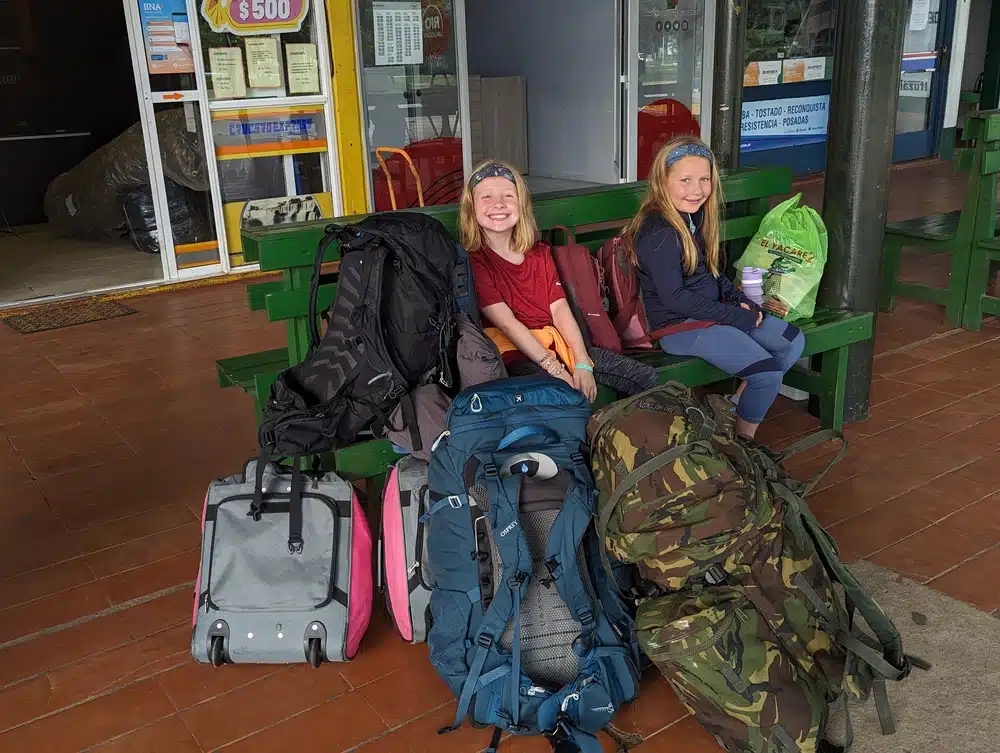
As a general rule, keep your daypack where you can see it while you’re awake. If you want to sleep, put your leg through the strap so it can’t be spirited away.
Bizarrely, the only time I have ever had anything stolen on a bus was in New Zealand, when my camera was swiped as I slept. I had foolishly left it on display. It shows you can’t be too careful, even in the safest countries.
Getting Some Sleep
Think of a bus not as a slow-moving vehicle but as a fast-moving hotel. You can settle in, drift off, and awake at your destination as if you were spirited there by nymphs.
Practically, taking a night bus means you are not losing precious daylight hours when travelling and is great for the budget as you do not have to pay for accommodation that night either.
Carry a face mask and earplugs for the night bus to give yourself the best chance at a good night’s sleep. We do, and it always helps us drift off. Also, we will use a scrunched-up jumper or coat for a bonus pillow if needed. We love our super comfy Trtl pillows for coach journeys.
Finally, if you are taking a night bus, it is worth spending the extra money on the “cama” service for that extra comfort. The cost difference is usually only a few pounds each, but the additional space and comfort is massive.
Hygiene
The cleanliness of the facilities can vary greatly. If you are on the main tourist routes, they tend to be clean and working well, but sometimes they aren’t great! We have experienced multiple toilets with no running water, flush, or loo roll.
We would certainly recommend packing tissues and hand sanitiser in your daypack.
Food Services On Buses
This varies depending on where you are in South America. In Brazil, Argentina and Chile, you can usually expect a simple but pleasant meal service of a sandwich with a drink. Rumours have reached us of some of the more premium services serving wine with the meal, but sadly, we have not yet had this pleasure!
It is also worth mentioning that on one of our bus journeys with Rápido Tata stated it had coffee on board; however, the machine had clearly not been in use for some time!
Vegetarians can struggle on these journeys. Our veggie friends who have travelled on these buses requested meat-free sandwiches but usually receive the same as everyone else.
In Bolivia and Peru, there is a much wider range in the quality of the bus service. Generally speaking, no food will be provided at all if you go with a super cheap option.
This is why it’s important to understand exactly what kind of amenities are included in your ticket price when booking bus transportation throughout Latin America; if food services are important, then it pays off to shop around!
The last thing to consider is that at almost every bus station, someone sells food such as crisps and other snacks. Very often, quick, hot options like empanadas are also available. Also, be aware that your meal times differ from the locals. We have been fed a full meal at 10 pm before now!

Entertainment
The buses in South America can have amazing entertainment systems, but that does not mean any of it will be in a language you can understand.
The longest trip I took in 2007 was a monster 28-hour run in Brazil where they played non-stop Nicholas Cage movies back to back. Unfortunately, they were all dubbed in Portuguese, which I don’t speak. It is a good job that his acting transcends language.

Happily, in this age of smartphones and tablets, it has never been easier to take a vast library of books and TV shows on a bus. The only thing to be aware of is that not all buses have WiFi, so make sure you have plenty downloaded before you leave.
Also, don’t be the jackass watching shows without headphones on. That would get really irritating really quickly on a long coach journey.
Bonus Section: Travelling South America By Bus With Kids
I know, I know! A 24-hour coach journey with children? We must be mad!
Surprisingly, tackling long bus journeys with young kids is not too bad, provided you are well prepared. Indeed, in some ways, overland travel is much simpler and easier than flying. Going by bus means you don’t have to worry about the weight of your bags or pay exorbitant taxi fares to the airport!
The key to surviving and dare I say it, enjoying a long coach journey with your kids is to get as much ready as possible. Have plenty of snacks, and plenty of drinks, and make sure you have school work for them to do as well as any other projects you may be working on, like a travel journal. Also, as mentioned above, ensure you have plenty of layers for your kids. I have never seen such aggressive use of air conditioning as I have on the coaches in South America, and it can be perishingly cold at times.

While we usually limit the time our children spend on their tablets, that tends to go out the window on a long journey. We ensure the tablets are fully charged and that we have downloaded some games and books that work offline (Minecraft is always a favourite) and some programs from Netflix.
We also carry some games we can play as a family, like travel Scrabble, hangman and Travel Connect Four.
Occasionaly there will be movies on the bus which are not at all appropriate for children. We had a lot of fun trying to explain to the girls what was going on during the movie “Bullet Train”.
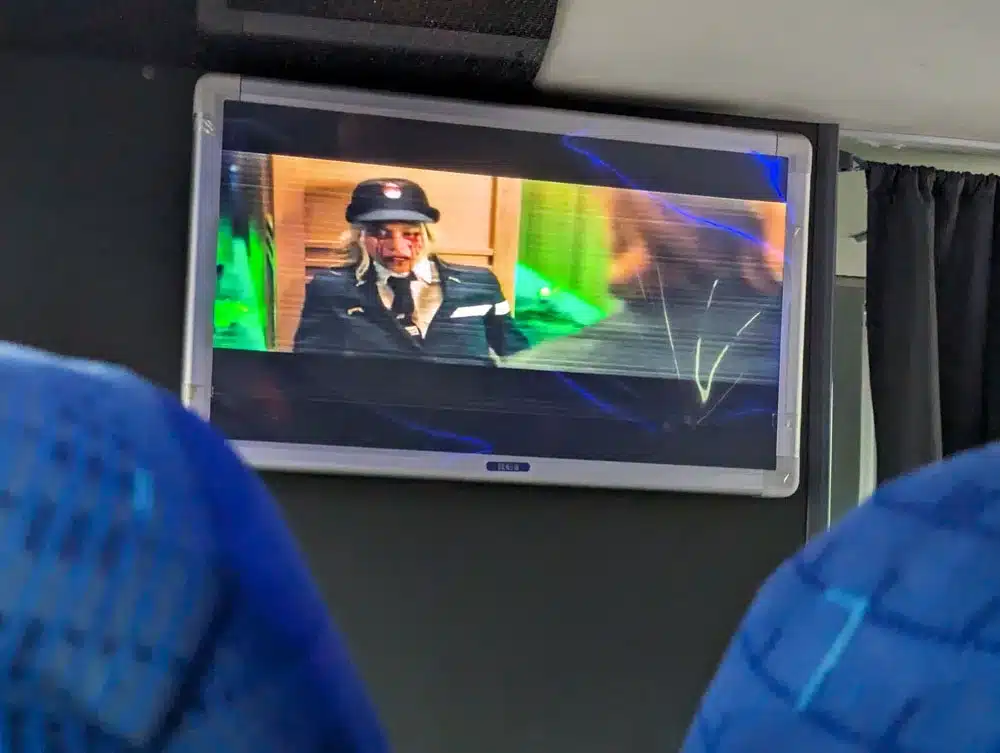
It is important to get off the bus every chance you get. The bus will usually be waiting at most stops for at least five minutes, sometimes as long as half an hour, so take the opportunity to stretch your and your children’s legs.
Finally, we always pay a little bit extra to go cama with the kids. Semi-cama is perfectly comfortable and spacious, but by going cama, you get a bit more room to spread out, it tends to be quieter, and everyone gets a better night’s sleep.
Travelling South America By Bus – Have We Missed Anything?
There we have it. Travelling South America by bus is an adventure; all human life is here, from the feeble old dear to the screaming child. If there is anything important you think we have missed, then please let us know in the comments below.
